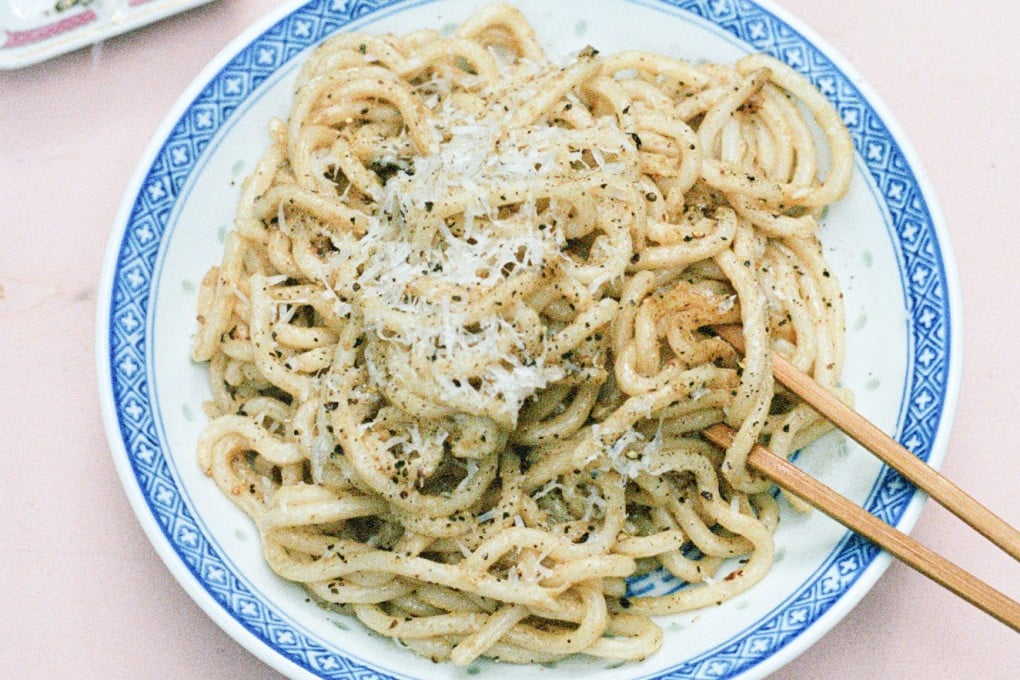How a new wave of Chinese diaspora cookbook authors are exploring identity through recipes
- From soy sauce brownies to Italian udon, a new wave of cookbooks offer tastes of the Asian diaspora while asking what it means to be Chinese

Two different recipes for a dish published a century apart illustrate the importance of cookbooks in documenting the evolution of Chinese diaspora cooking.
In his new cookbook Kung Food, Chinese-American chef Jon Kung highlights war su gai, or almond boneless chicken, a popular dish in Michigan, the US state where he grew up.
In 1917, one of the first English-language Chinese cookbooks, The Chinese Cook Book, by Shiu Wong Chan, was published in New York.
On page 35, there is a recipe for hung yuen guy ding – almond boneless chicken. But the dish bears little resemblance to the crispy battered chicken on shredded lettuce Kung writes about, known today as “ABC”.

Rather than merely telling the reader how to cook dishes, these writers focus on their identity.
